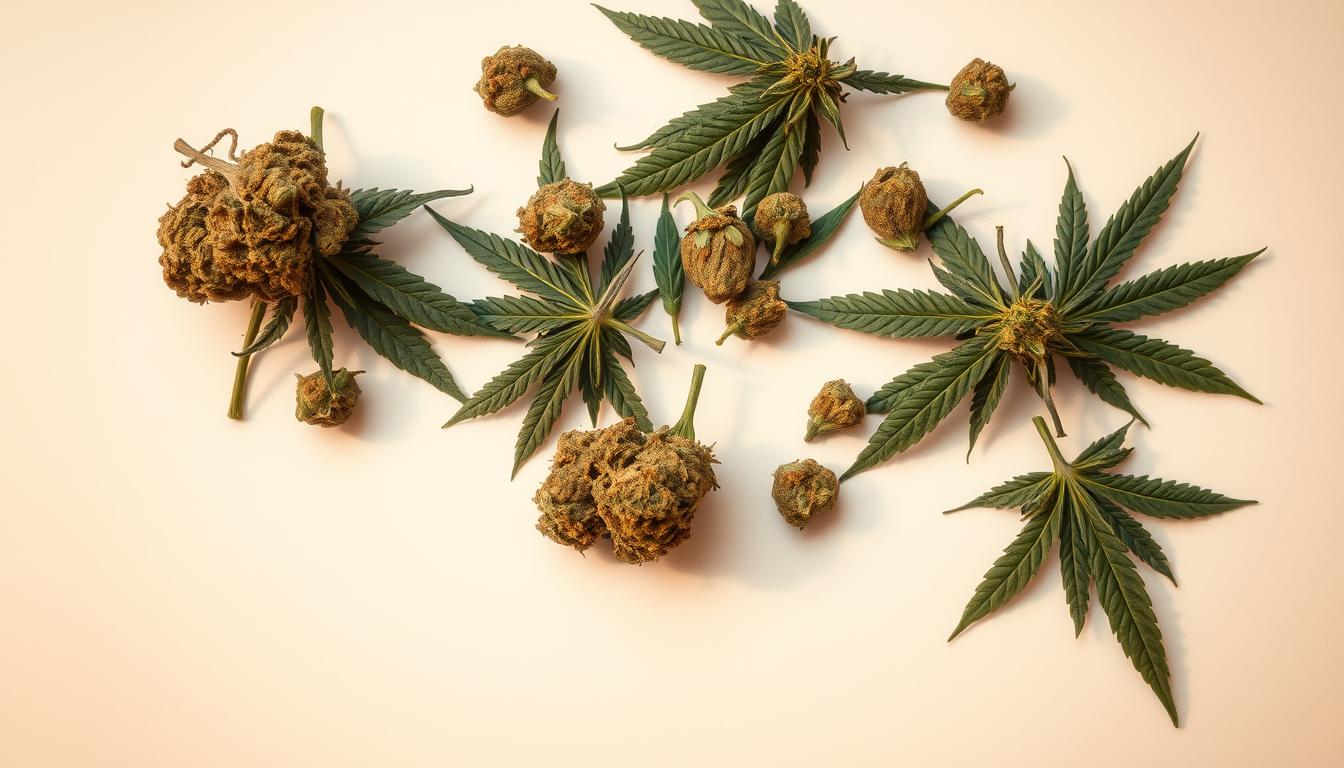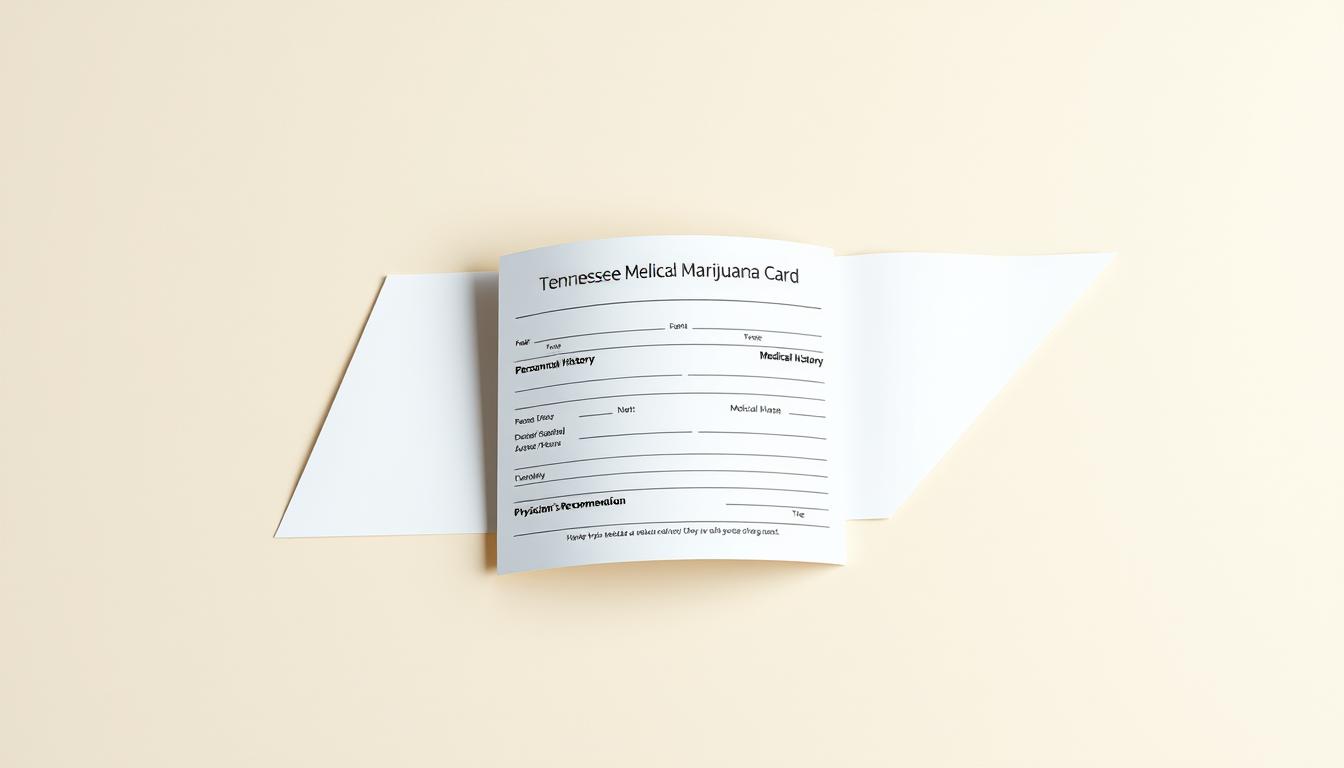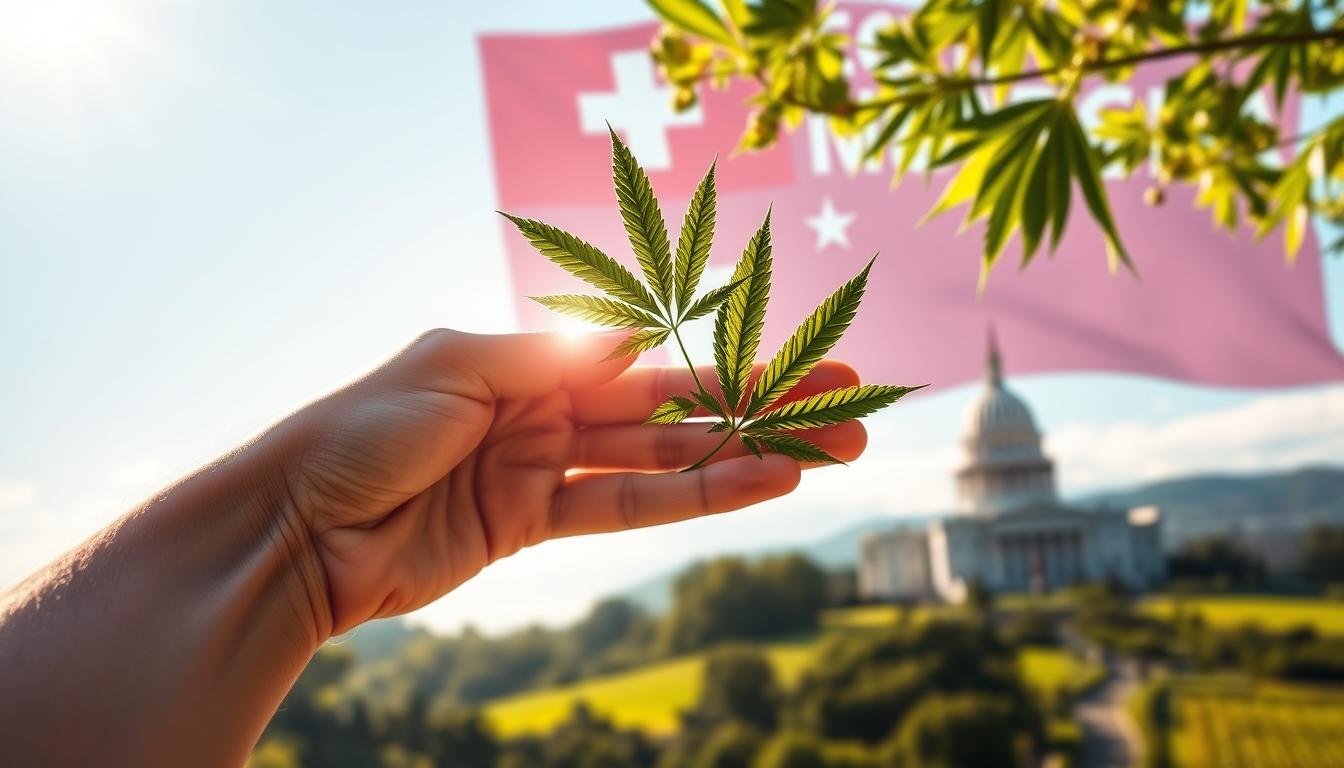What is the crime of marijuana in California?. California was a leader in legalizing cannabis, starting with the Compassionate Use Act in 1996. This act allowed people to use medicinal cannabis. It also inspired other states to consider legalizing marijuana.
Now, cannabis is legal in California for both medicinal and adult (recreational) use. This change shows how society’s views on marijuana have shifted. But, knowing California’s marijuana laws is key for everyone living or visiting here.
The rules on marijuana in California are complex. They cover possession, cultivation, and distribution. Understanding these laws is important to avoid breaking them.
Overview of Marijuana Legalization in California
The journey to legalize marijuana in California is filled with history and important laws. It started with the Compassionate Use Act of 1996, which allowed medical use. This act was a big step towards changing the laws.
Years later, California made another big change. In 2016, Proposition 64 was passed. This law made it legal for adults to use marijuana for fun.
Historical Context
The history of marijuana laws in California is filled with important moments. The Compassionate Use Act of 1996 was the first big step. It let patients with a doctor’s note use and grow marijuana for health reasons.
Key events in the history of marijuana legalization include:
- The passage of the Compassionate Use Act in 1996.
- The implementation of the Medical Marijuana Program Act in 2003, which provided further guidelines for medical marijuana users.
- The legalization of recreational marijuana through Proposition 64 in 2016.
Proposition 64: Key Provisions
Proposition 64, also known as the Adult Use of Marijuana Act, was a big change. It made it legal for adults to use marijuana for fun. The main points of this law are:
- Legalizing the possession, transportation, and use of marijuana for adults aged 21 and above.
- Allowing individuals to cultivate up to six marijuana plants for personal use.
- Establishing a regulatory framework for the cultivation, distribution, and sale of marijuana.
The Department of Public Health has played a key role in promoting health and safety regarding marijuana use. They work hard to teach people about the good and bad sides of using marijuana.
Current Marijuana Laws in California
California is a leader in marijuana legalization. It has a detailed system for its rules. These laws aim to balance personal freedom with public safety and health.
The Department of Cannabis Control (DCC) is key in enforcing these laws. It oversees cannabis businesses. This includes licensing, product safety, and packaging rules. It makes sure the cannabis industry follows the law.
Adult Use Regulations
For adult-use marijuana, California has strict rules. These rules are to ensure safe use and distribution. Key points include:
- Licensing requirements for retailers and distributors
- Strict product labeling and packaging standards
- Rules on advertising and marketing
- Guidelines for marijuana cultivation for personal and commercial use
The DCC enforces these rules. It works to stop illegal sales and ensure everyone follows the law. For more info, visit the official California cannabis laws page.
Medical Use Regulations
California also has rules for medical marijuana. It recognizes its benefits for patients. Medical marijuana has its own set of rules, including:
- Qualifying conditions for medical marijuana use
- Requirements for getting a medical marijuana card
- Rules on the sale and distribution of medical marijuana
These rules help make medical marijuana available to those who need it. They also ensure it’s distributed safely.
In summary, California’s marijuana laws are complex. They differ between adult-use and medical-use. The state’s rules aim to promote safe use, prevent misuse, and support a legal cannabis industry.
Possession Limits for Individuals
California has set specific limits on how much marijuana you can have. These limits change based on why you have it. Knowing these limits helps you stay out of trouble with the law.
Recreational Use Possession Limits
Adults 21 or older can have up to 1 ounce (28.5 grams) of marijuana for fun. This rule helps tell the difference between using it for yourself and selling it.
You can also have any cannabis or cannabis products, including concentrates. But, they must not have too much THC.
- Marijuana for personal use is limited to 1 ounce.
- Concentrates are allowed but must comply with THC content regulations.
- Possession of larger amounts may lead to charges of distribution.
Medical Use Possession Limits
If you have a doctor’s note, you can have more marijuana. Usually, medical users can have up to 8 ounces of dried marijuana. But, this can change.
Medical users need to know that having too much marijuana can cause legal problems. This is true even if you have a doctor’s note.
- Medical users should consult their physician for the recommended amount.
- Possession limits for medical use are generally higher than for recreational use.
- Exceeding the recommended amount can result in legal consequences.
It’s very important for both fun and medical marijuana users in California to know and follow these limits. This helps avoid legal trouble.
Marijuana Cultivation Regulations
It’s important to know the rules about growing marijuana in California. The state’s laws help make sure growing marijuana is safe and controlled.
Personal Cultivation Rules
In California, people can grow marijuana for personal use. Adults 21 and older can have up to six plants at home. It’s key to follow the rules to stay out of trouble.
- Growers must make sure their plants aren’t seen by everyone.
- Cultivation can’t be a bother to the public.
- People must keep their plants safe and away from kids.
Commercial Cultivation Guidelines
Commercial growing of marijuana in California needs a state license. Businesses must follow certain rules to be legal.
Key requirements for commercial cultivation include:
- Getting the right licenses from the state.
- Following environmental rules.
- Meeting security and safety standards.
By knowing and following these rules, both individuals and businesses can grow marijuana legally in California.
Marijuana Distribution and Sales Laws
California has strict rules for selling and distributing marijuana. These laws make sure cannabis is sold safely and under control.
The rules for selling and distributing marijuana are strict. They aim to keep marijuana out of minors’ hands. They also make sure products are labeled right and tested.
Licensing Requirements for Retailers
All cannabis shops in California need a license from the Department of Cannabis Control (DCC). To get a license, they must meet certain criteria, like:
- Background checks for all owners and employees
- Following security and storage rules
- Keeping accurate records and reports
- Pay licensing fees
Licensing fees change based on the license type and operation size. Shops also need to follow local rules and get local permits.
Restrictions on Sales
California law says you can’t sell marijuana to anyone under 21. Shops must check customers’ ages before selling. There are also rules on what can be sold, like limits on strength and packaging.
Some key sales restrictions are:
- No selling products that look appealing to kids
- Child-resistant packaging is required
- There are limits on how much marijuana can be sold at once
California’s rules on selling and distributing marijuana aim to make the cannabis industry safe and responsible. These laws help keep consumers safe and make the industry fair and open.
DUI and Marijuana Use
California made marijuana legal, but driving under its influence is not allowed. Law enforcement can catch and punish drivers who break this rule. It’s important to know the laws about driving under the influence of marijuana.
Impairment Standards
Police can test drivers if they think they’re high on cannabis. Impairment standards help figure out if a driver is too stoned to drive. Unlike alcohol, where it’s easy to measure, marijuana’s effects are harder to gauge.
Some signs of being too high to drive include:
- Slow reaction times
- Altered perception
- Impaired motor control
Legal Consequences of DUI
Getting caught driving high can lead to serious penalties. These can include fines, losing your license, and even jail time. For more on what happens if you get a marijuana DUI, check out https://zacharymccreadylaw.com/blog/driving-high-what-happens-if-i-get-a-marijuana-dui/.
Also, having marijuana in your car is against the law in California. This shows how important it is for drivers to follow marijuana laws.
Knowing and following these rules is key to keeping roads safe. It also helps avoid the legal problems that come with a DUI conviction.
Employment and Marijuana Use
California’s changing marijuana laws affect work policies and employee rights. Employers and employees need to know their roles regarding marijuana use.
Workplace Policies on Marijuana
Employers in California can set rules about marijuana use. They might ban it during work hours or on company grounds. For example, they can have a drug-free workplace with tests before hiring and random checks later.
But, employers must follow California’s marijuana laws. They should make sure their rules match state rules.
To deal with these rules, employers can look at the Society for Human Resource Management. It offers help in making policies that follow the law.
Employee Rights and Protections
California workers have rights when it comes to marijuana. They are protected from being judged for cannabis offenses that are no longer crimes. For instance, employers can’t just not hire someone because of a marijuana crime that’s now legal.
But, these protections don’t cover workers who use marijuana at work or have it on company property. Employers can enforce rules against using marijuana at work or on company grounds.
It’s key for employers and employees to understand California’s marijuana possession laws. Knowing the latest laws helps everyone follow the rules and keep the workplace safe and fair.
Criminal Penalties for Marijuana Offenses
It’s important to know the criminal penalties for marijuana offenses in California. This is true for both residents and visitors. The state’s laws on marijuana are complex. They have specific penalties for different offenses, like unlicensed distribution and involving minors.
Unlicensed Distribution Penalties
Distributing marijuana without a license in California can lead to significant criminal penalties. The state has a licensing system for marijuana distribution. This system ensures all transactions are tracked and taxed. Unlicensed distribution avoids these rules and risks public health and safety.
Penalties for unlicensed distribution can include fines and imprisonment. The penalty’s severity depends on the marijuana amount and whether it’s a misdemeanor or felony.
Consequences for Minors
Minors involved in marijuana offenses face unique challenges and penalties. California law tries to protect minors while holding them accountable. Consequences can include community service, counseling, and sometimes juvenile court proceedings.
The law sees minors’ involvement in marijuana offenses as a serious issue. This can lead to harsher penalties for adults involved in such cases.
Federal Marijuana Prohibition
California’s marijuana laws are different from federal rules, which ban it. This makes things tricky for people and businesses in the state.
Conflict with State Laws
The federal government sees marijuana as a Schedule I drug. This means it’s illegal to make, sell, or have marijuana under federal law. But California lets people use it for medical and fun reasons. So, people and businesses in California have to deal with two laws at once.
For example, California lets adults grow and use marijuana for themselves. But, federal agencies can arrest people for marijuana crimes. This conflict between state and federal laws can cause confusion and legal problems for locals.
Recent Developments in Federal Policy
Even though the federal ban is in place, there are new ideas about changing it. Some states are pushing for laws that match their own. For example, there are plans to move marijuana to a less strict category under federal law.
The Marijuana Policy Project is working to change federal marijuana laws. They want state and federal laws to match. While there’s hope, big changes haven’t happened yet.
The changing marijuana laws show why it’s key to know both state and federal rules. As opinions and laws evolve, we might see changes that fix the current issues.
Future of Marijuana Laws in California
California is exploring new paths in marijuana laws. This is important for the state and others to watch. It shows how laws can change over time.
Proposed Legislation Changes
New laws aim to make California’s cannabis rules better. They want to fix problems with unlicensed sales. The goal is to make the cannabis industry fairer and more organized.
Trends in Public Opinion
People in California are thinking differently about marijuana laws. They want laws that are fair and work well. As opinions change, laws might too, leading to more updates in cannabis rules.


